Product Name: Aluminum Forging
Product Type: Metal Forging
Material: Aluminum
Shape: Customized
Surface Treatment: Anodizing, Powder Coating, Spray Painting, Polishing
Production Process: Die Casting, Press Forging
Advantages:
1. High strength-to-weight ratio
2. Superior mechanical properties
3. Enhanced resistance to fatigue and wear
4. Tight dimensional tolerances
5. Cost-effective production
| Color | Silver |
|---|---|
| Material | Aluminum |
| MOQ | 1 Pcs |
| Sample | Available |
| Place of Origin | China |
Product Details
Mingyu Technology is a well-known company specializing in the production of aluminum railing extrusions for the transportation industry. We have been supplying high-quality profiles for buses, trains and other vehicles for more than 20 years. With a team of experienced engineers and technicians, the company utilizes the latest technology and equipment to produce precision extrusions that meet strict industry standards for safety and performance. Mingyu Technology is committed to continuous improvement and customer satisfaction, and has established a firm foothold in the transportation field.
One of the key benefits of aluminum railing extrusions is its lightweight yet durable nature. The aluminum alloys used in this process have excellent strength-to-weight ratios, making them ideal for applications that require strength and stability without adding excess weight. This makes aluminum railing extrusions a popular choice for aviation, automotive, and construction industries.
Furthermore, aluminum railing extrusions have excellent corrosion resistance, making them suitable for use in outdoor and high-moisture environments. The material is also highly malleable, allowing for a variety of surface finishes to be applied, including anodizing, powder coating, and polishing. This makes aluminum railing extrusions highly versatile and customizable for different aesthetic and functional requirements.
| OEM/ODM | Yes |
| Length | Customised Length |
| shape | customized |
| Material | 6463 6063 Aluminum Alloys |
| Colour | Customised colour |
| MOQ | 150 Kilograms |
| Fabrication | Machining, CNC, sawing, milling, punching, lathing, tapping, chamfering, laser, cold drawing |
| Type | windor frame, Home decoration profiles,furniture products,furniture handle. |
| Certificate | For SGS, ISO9001 2015, RoHS |
| Surface Processing | Anodize, Polish, Brush, Coating |
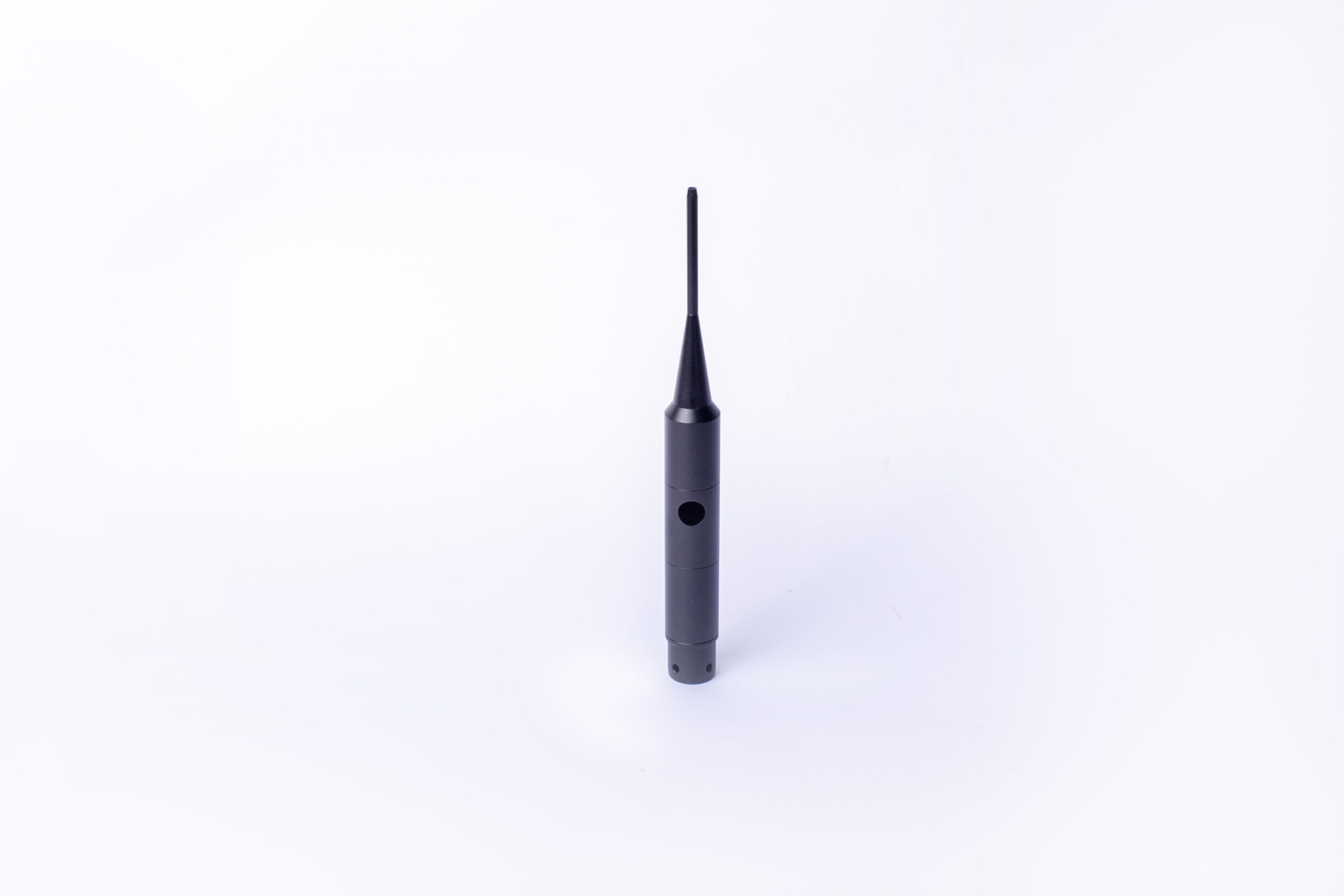
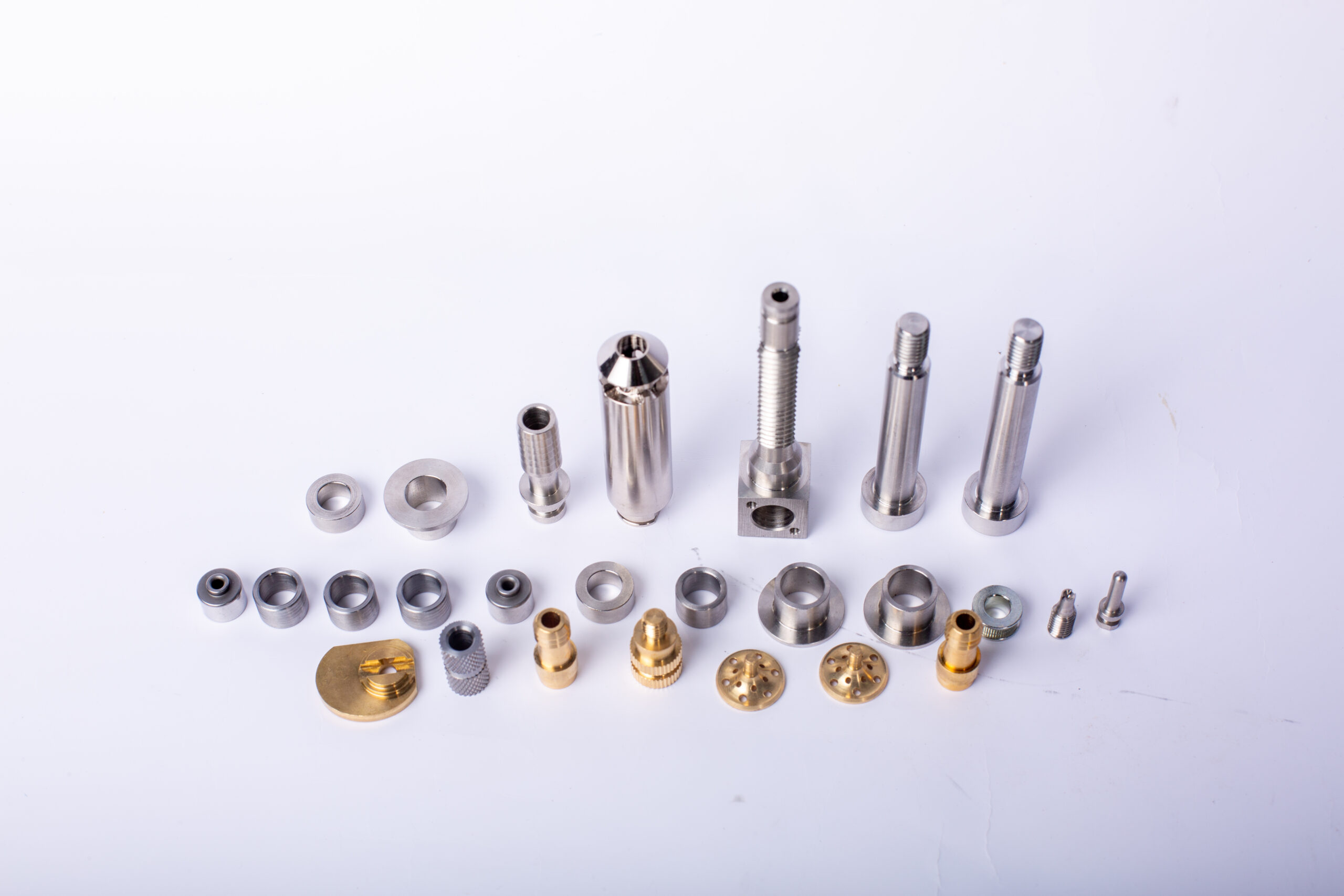
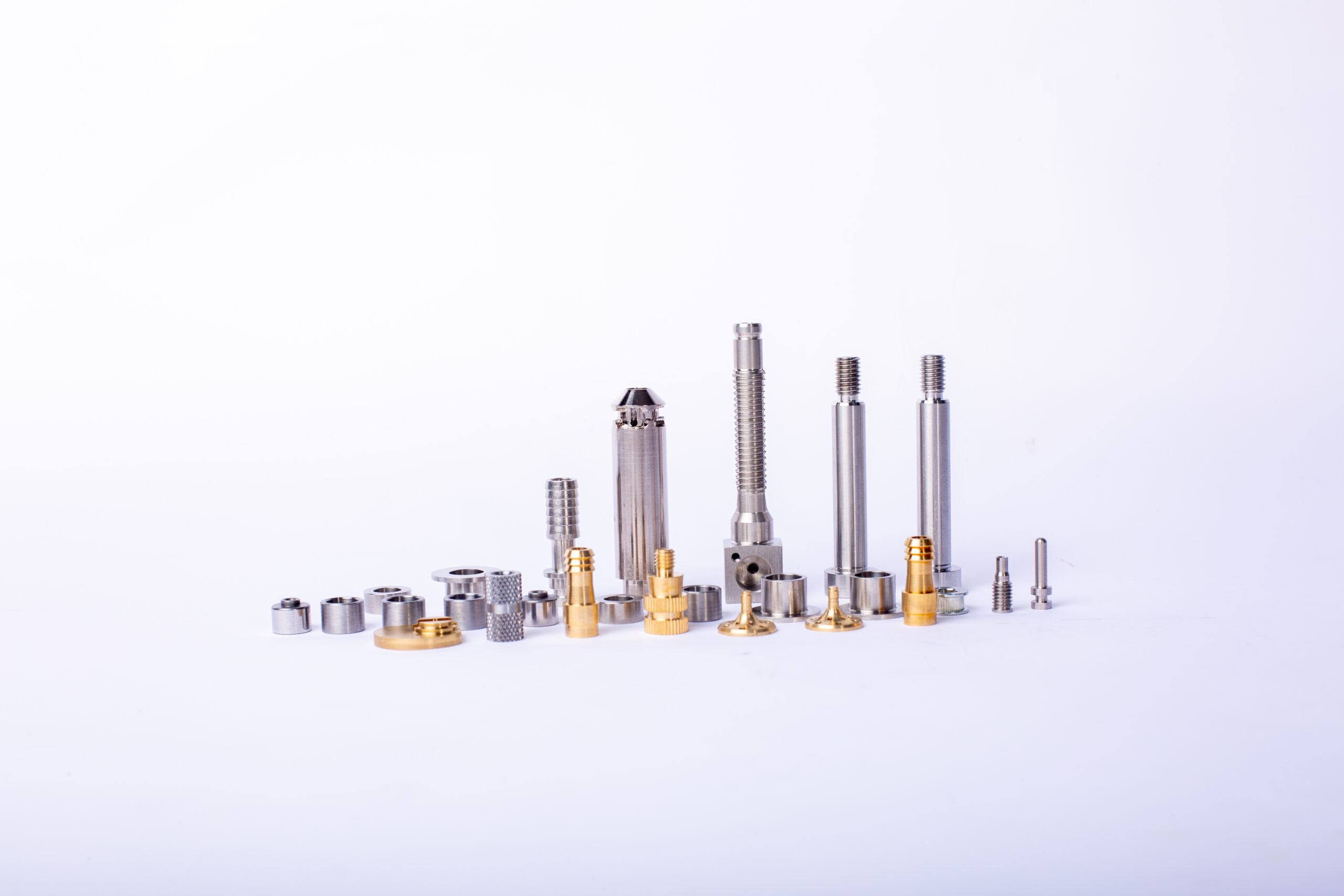
aluminum railing extrusions FAQs Guide.
In this guide, we will provide you with all the information you need to know about our top-quality aluminum railing extrusions and how they can benefit you and your projects. With extensive experience in the industry, our products are trusted by professionals and DIY enthusiasts alike. From industrial applications to home improvement projects, our aluminum railing extrusions offer durability, versatility, and customization options to meet all your needs. Read on to discover more about our aluminum railing extrusions products and why they should be your top choice.
1.What is the typical lead time for aluminum extruded products?
We are a new aluminum railing extrusions manufacturer.
The typical lead time for aluminum extruded products can vary depending on the complexity of the product and the availability of raw materials. Generally, lead times range from 4-8 weeks.
2.How does the choice of lubrication method affect the extrusion process?
The choice of lubrication method can have a significant impact on the extrusion process. Different lubrication methods can affect the surface finish of the extruded product, the amount of friction generated during the process, and the amount of energy required to complete the extrusion. For example, using a dry lubricant such as graphite or molybdenum disulfide can reduce friction and improve surface finish, while using a wet lubricant such as oil or grease can reduce friction and improve the flow of the material. Additionally, the choice of lubrication method can affect the amount of heat generated during the process, which can have an impact on the quality of the extruded product.
3.What types of products can be made with aluminum railing extrusions?
We have a professional team that is committed to the innovation and development of aluminum railing extrusions.
Aluminum extrusion can be used to create a wide variety of products, including window and door frames, furniture, shelving, automotive parts, electronics, and medical equipment. It can also be used to create custom shapes and sizes for a variety of applications.
4.Can recycled aluminum be used in the extrusion process?
We actively participate in the aluminum railing extrusions industry associations and organization activities. The corporate social responsibility performed well, and the focus of brand building and promotion
Yes, recycled aluminum can be used in the extrusion process. The recycled aluminum is melted down and then extruded into the desired shape. The recycled aluminum can be used in the same way as new aluminum, and it can be used to create a variety of products.
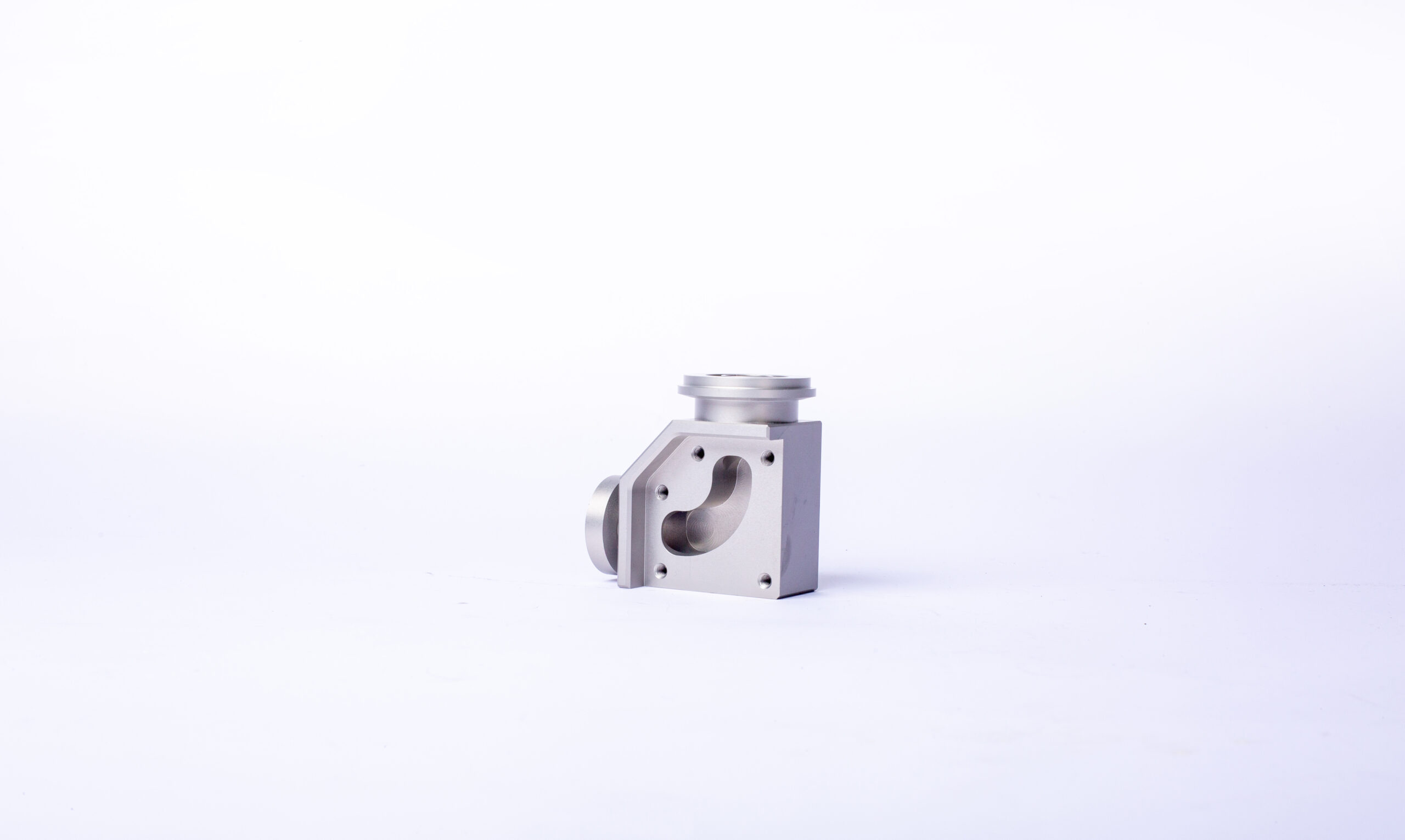
5.Can decorative features be added to an extruded product?
Being one of the top aluminum railing extrusions manufacturers in China, We attach great importance to this detail.
Yes, decorative features can be added to an extruded product. This can be done by adding a coating or finish to the product, or by using a different type of extrusion die to create a unique shape or pattern. Additionally, decorative features can be added to the product after it has been extruded, such as by painting or engraving.
6.Can custom colors be achieved through aluminum railing extrusions?
We are centered on customers and always pay attention to customers’ needs for aluminum railing extrusions products.
Yes, custom colors can be achieved through aluminum extrusion. Depending on the desired color, the aluminum can be anodized, painted, powder coated, or dyed.
7.What is the difference between hot and cold extrusion?
aluminum railing extrusions is not a product only, but also can help you comes to money-making.
Hot extrusion is a process in which a metal is heated to a temperature above its recrystallization temperature and then forced through a die to form a desired shape. Cold extrusion is a process in which a metal is forced through a die at room temperature or slightly above. Cold extrusion is typically used for softer metals such as aluminum, copper, and brass, while hot extrusion is used for harder metals such as steel and titanium. Hot extrusion is more expensive and time consuming than cold extrusion, but it produces a stronger and more precise product.
8.How does the selection of alloy affect the strength and properties of the extruded product?
We continue to invest in research and development and continue to launch innovative products.
The selection of alloy affects the strength and properties of the extruded product in a variety of ways. Different alloys have different levels of strength, ductility, and other properties that can affect the performance of the extruded product. For example, some alloys are more resistant to corrosion, while others are more malleable and can be formed into complex shapes. Additionally, the alloy’s composition can affect the thermal properties of the extruded product, such as its melting point and thermal conductivity.
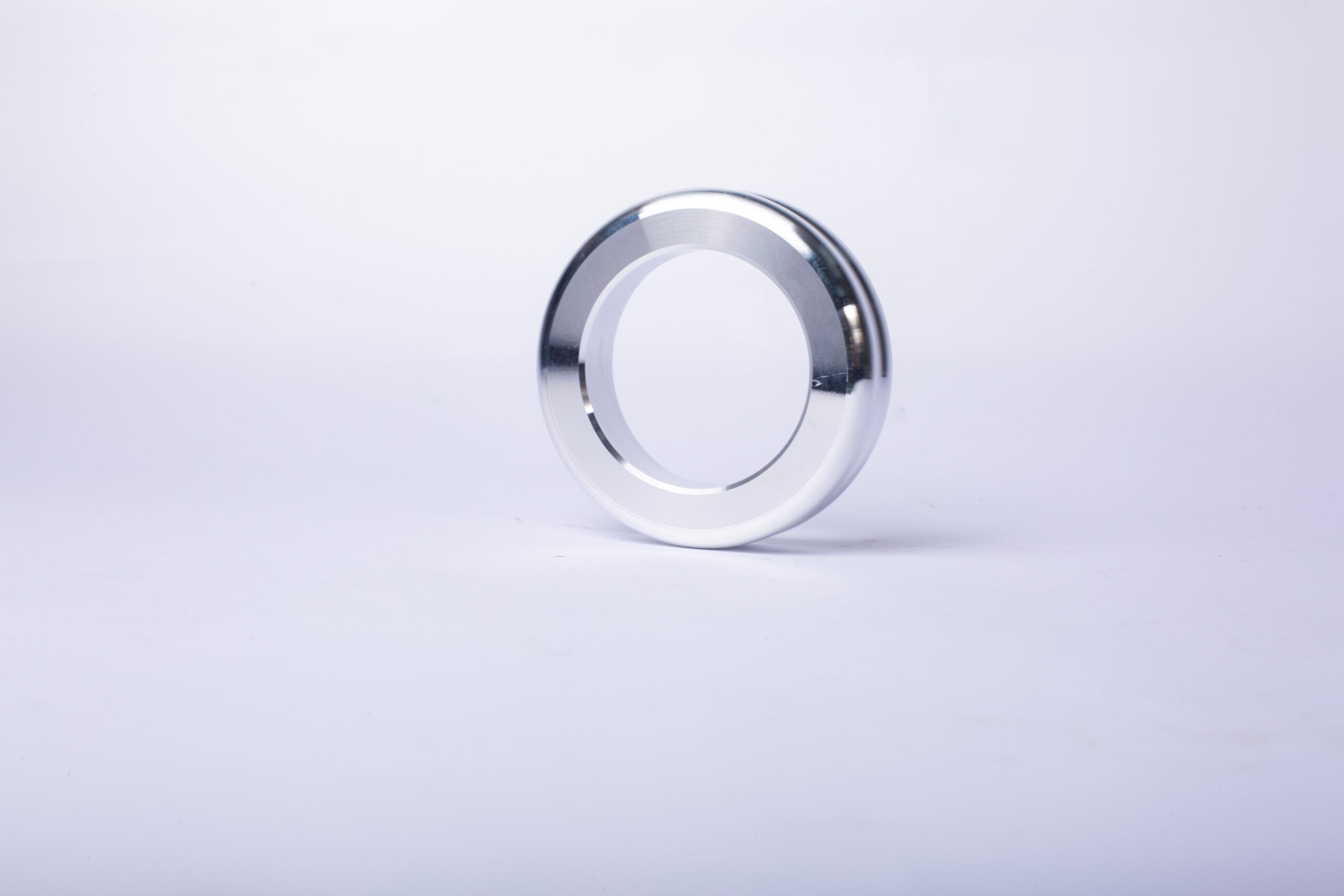
9.Can aluminum extruded products be welded?
We focus on innovation and continuous improvement to maintain a competitive advantage.
Yes, aluminum extruded products can be welded. However, the welding process must be done carefully to ensure that the welded joint is strong and free of defects.
10.What is the difference between standard and custom aluminum railing extrusionss?
We have been working hard to improve service quality and meet customer needs.
Standard aluminum extrusions are pre-made shapes and sizes that are available for purchase from a manufacturer. These extrusions are typically used for general purpose applications and are available in a variety of shapes and sizes. Custom aluminum extrusions are made to order and are designed to meet specific customer requirements. These extrusions are typically used for more specialized applications and are not available in standard sizes.
11.How does the use of aluminum railing extrusions impact the cost of a product?
We pay attention to the introduction and training of talents, scientifically regulate the management system, and focus on cultural construction and team cohesion.
The use of aluminum extrusion can have a significant impact on the cost of a product. Aluminum extrusion is a cost-effective way to produce complex shapes and sizes, and it can reduce the cost of production by eliminating the need for additional machining and fabrication. Additionally, aluminum extrusion can reduce the cost of materials, as it requires less material than other manufacturing processes. Finally, aluminum extrusion can reduce the cost of labor, as it is a relatively simple process that requires minimal setup and can be automated.
12.What is the typical tolerance level for aluminum railing extrusions?
We focus on teamwork and communication to achieve common goals, We attach great importance to this detail.
The typical tolerance level for aluminum extrusion is +/- 0.005 inches per inch of length.
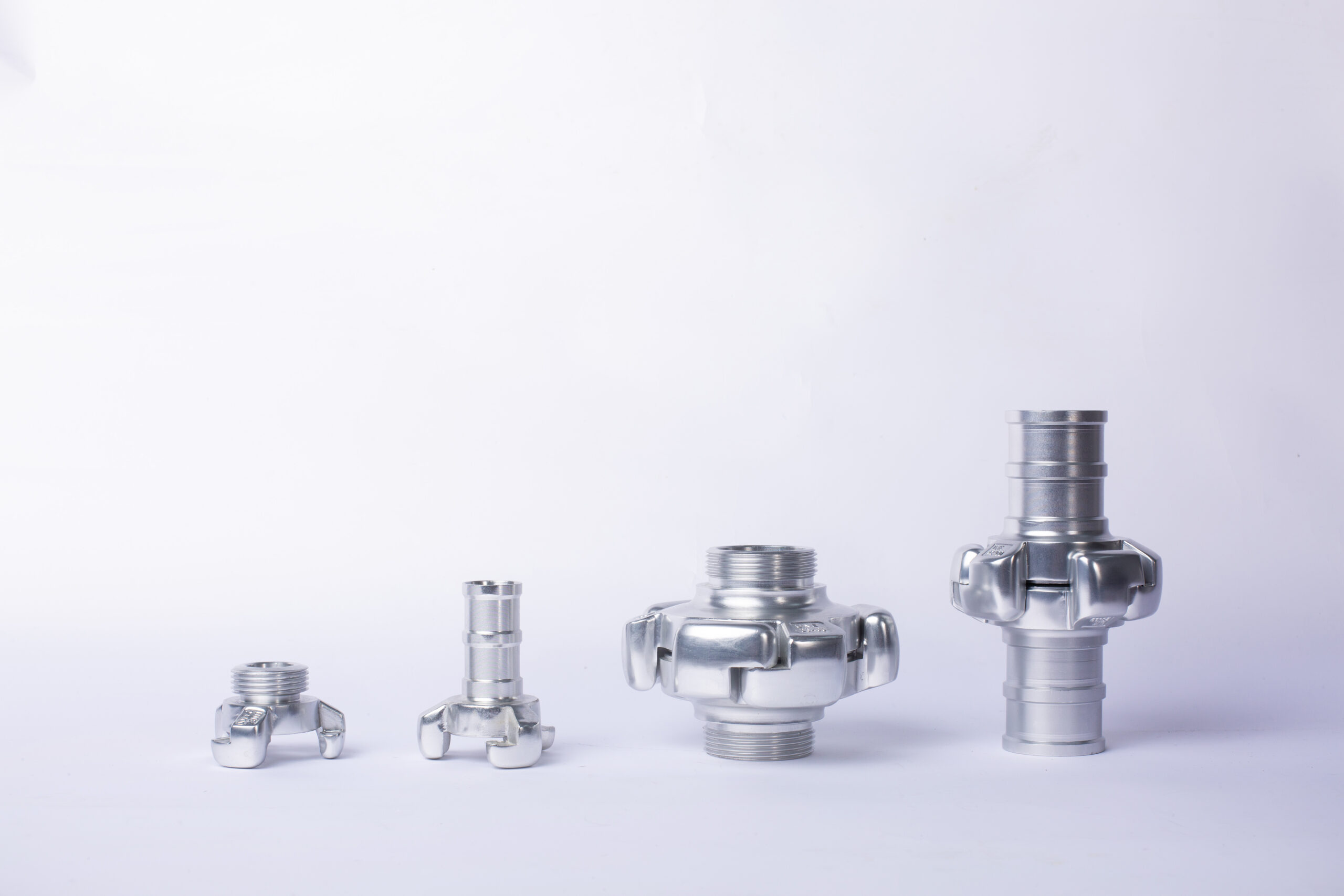
13.Can secondary operations such as drilling and tapping be done on an aluminum extruded product?
We have established long-term and stable partnerships with our suppliers, so we have great advantages in price and cost and quality assurance.
Yes, secondary operations such as drilling and tapping can be done on an aluminum extruded product. Depending on the size and complexity of the product, these operations may need to be done by a professional machinist.
14.Can complex shapes be achieved through aluminum railing extrusions?
We adhere to the principle of integrity and transparency, and establish long -term relationships with partners, and we attach great importance to this detail.
Yes, complex shapes can be achieved through aluminum extrusion. Aluminum extrusion is a process that involves pushing heated aluminum through a die to create a shape. This process can be used to create complex shapes with intricate details.
15.Can dissimilar metals be joined through aluminum railing extrusions?
We adhere to the principle of quality first and have a complete production quality management system and quality inspection process.
Yes, dissimilar metals can be joined through aluminum extrusion. This is done by using a process called bimetallic extrusion, which involves combining two different metals into a single extrusion. The two metals are joined together by a layer of aluminum, which acts as a bonding agent. This process is often used to join aluminum and steel, but can also be used to join other metals such as copper and brass.
Tag:t-slot aluminum extrusion,aluminum extrusion rails,round aluminum extrusion profiles
Product Inquiry
We will respond within 12 hours, please pay attention to the email “@163.com” or “@alumforge.com”.
Also, you can go to the Contact Page, which provides a more detailed form, if you have more inquiries for products or would like to obtain OEM service.
Our sales experts will respond within 24 hours, please pay attention to the email with the suffix “@163.com”.